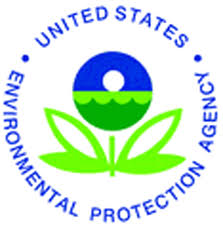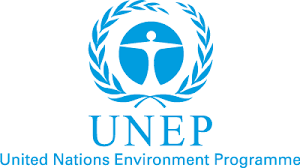EPA challenges HVAC industry to replace HFCs
WORLD – Gina McCarthy, the Administrator of the US Environmental Protection Agency, marked the international meeting of the Parties to the Montreal Protocol in Dubai by writing a column in the Guardian newspaper where she outlined the US government’s position on climate change and its determination to make a powerful case for better management of HFC pollution worldwide. The article was entitled “Potent greenhouse gases should have no place in our air conditioning units” and McCarthy pointed out that the fragile ozone layer is on a path toward full restoration by about 2050 but that this success was largely dependent on replacing ozone-depleting substances with hydrofluorocarbon (HFCs) – chemicals which have now been revealed to be highly damaging to the environment.
The article stated that air conditioning, refrigeration, and insulation all often contain factory-made HFCs which are greenhouse gases that are much more potent than carbon dioxide in damaging our climate system and their global use continues to rapidly increase every year.
McCarthy noted that it was the 1987 Montreal Protocol, considered to be one of the most successful environmental treaties in history, which led to HFCs replacing ozone-destroying pollutants and that the Obama administration intended to use this year’s meeting in Dubai to encourage the HVAC industry to help reduce HFC emissions. She also claimed that the US Environmental Protection Agency (EPA) had expanded the list of safer alternatives to HFCs and prohibited them from certain uses in the refrigeration, air conditioning, foam, and aerosol sectors where safer alternatives such as hydrofluoroolefins (HFOs), hydrocarbons and lower-polluting blends are available.
The article also highlighted the actions taken by the HVAC industry and revealed that in both 2014 and 2015 more than 20 business leaders had made commitments to reduce HFC use and emissions by incorporating climate-friendly technologies into their air conditioners, refrigerators, foams and other products. McCarthy claimed that existing commitments made by the US government and private sector will result in reducing cumulative global consumption of these greenhouse gases by the equivalent of more than 1bn metric tons of CO2 by 2025 – the equivalent to taking 210 million passenger vehicles off the road for one year.
The US EPA suggests replacing the HFCs with new technologies such as foams blown with HFOs or methyl formate, and transcritical CO2 as well as newly optimized alternatives from long ago, such as water, ammonia and hydrocarbons. The article revealed the US’s intention to amend the Montreal Protocol to reflect the new solutions which are now available and claimed that phasing down the production and consumption of potent HFCs worldwide could avoid half a degree Celsius of warming by the end of the century.















